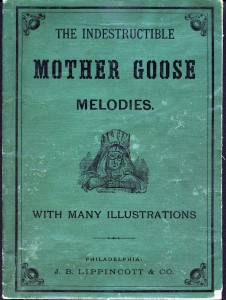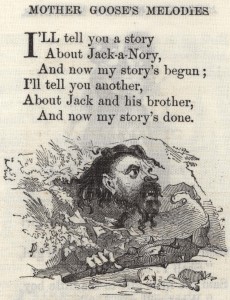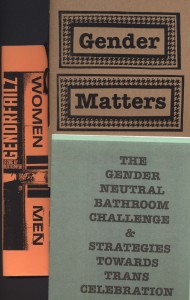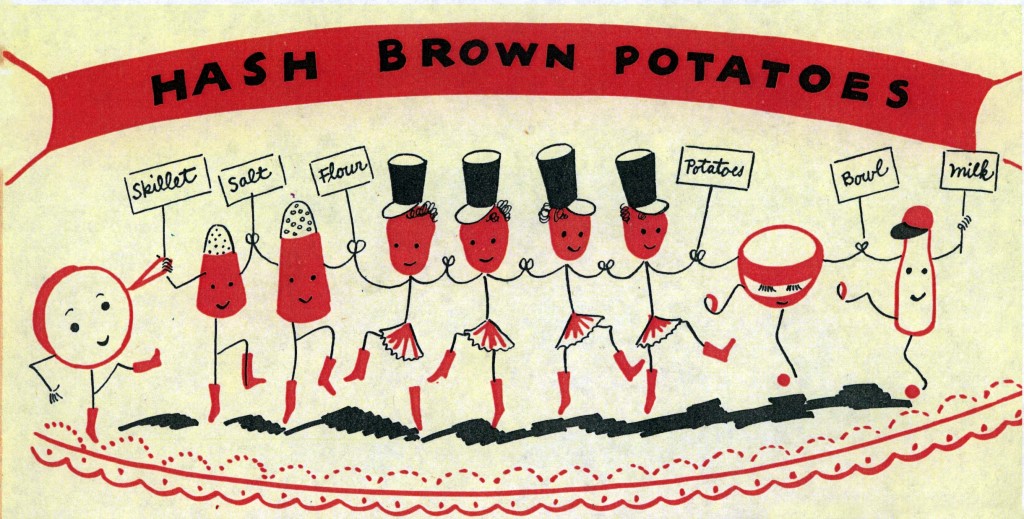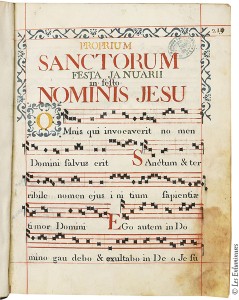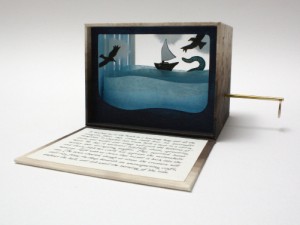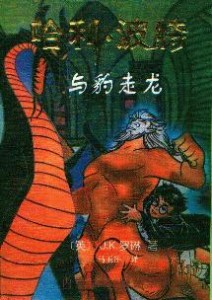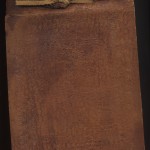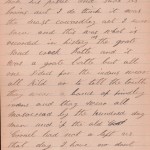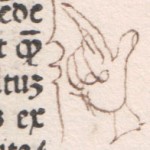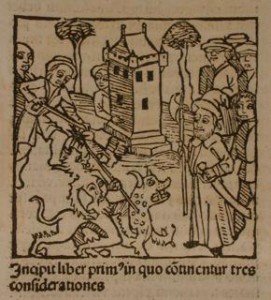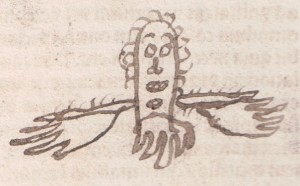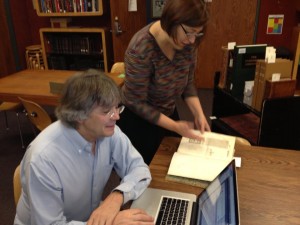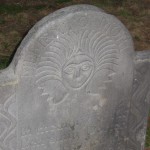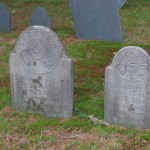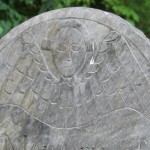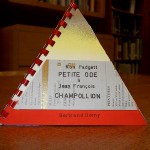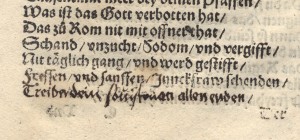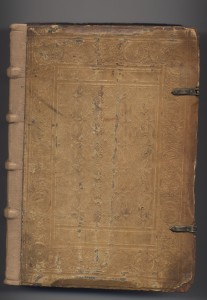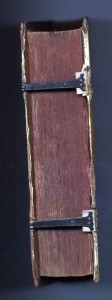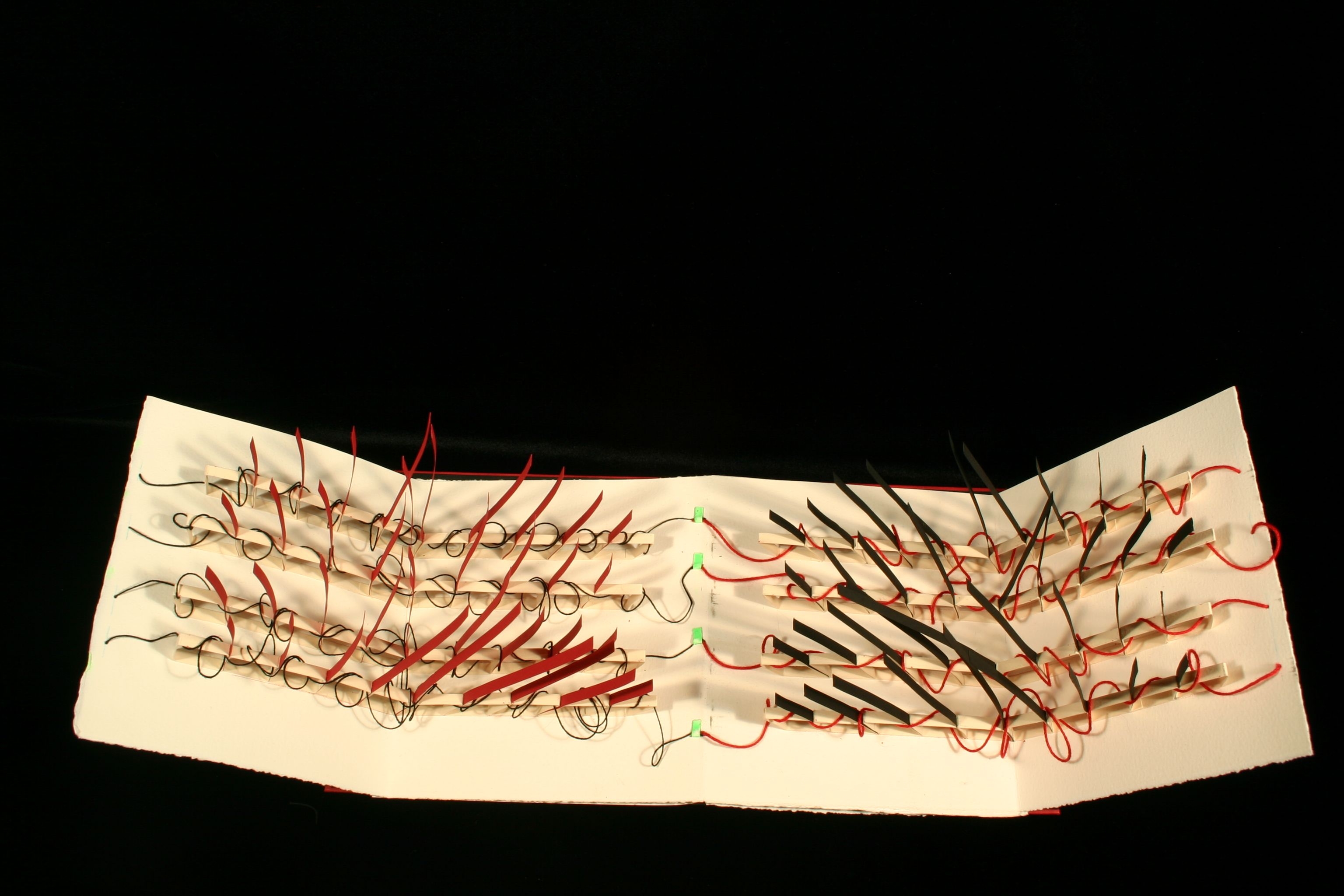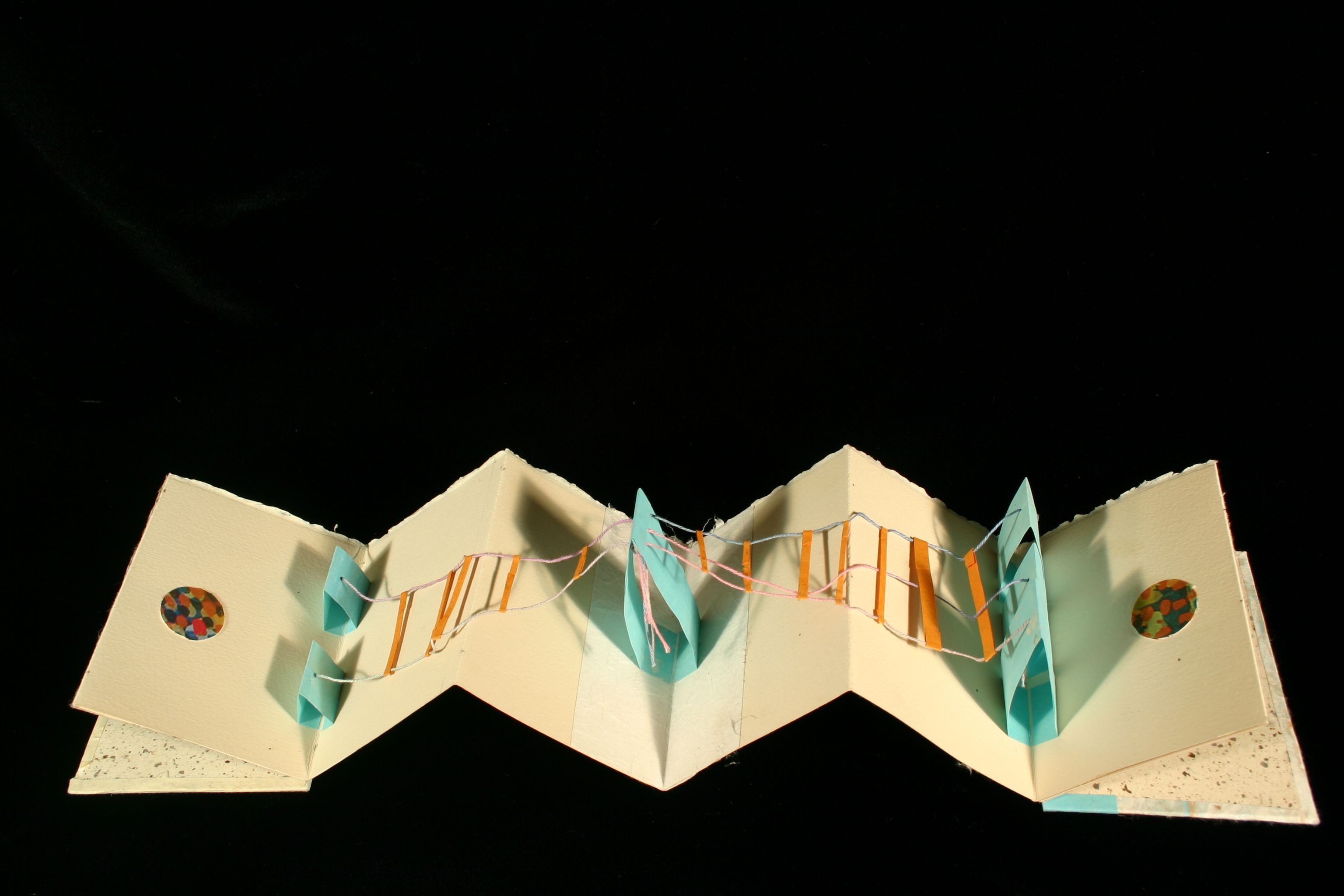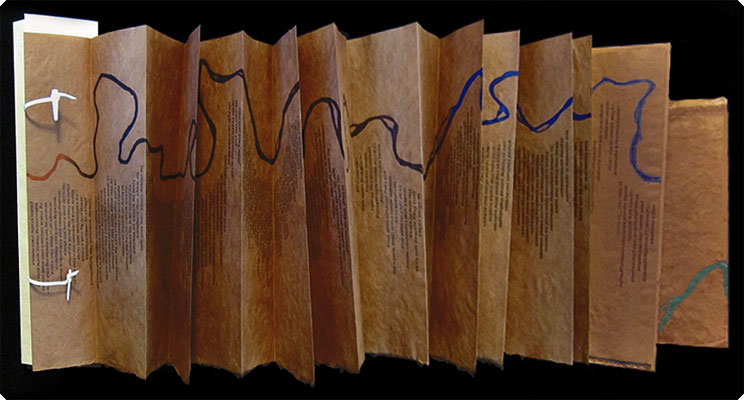Special Collections recently purchased an “indestructible” 19th century edition of Mother Goose, Mother Goose’s Melodies: containing all that have ever come to light of her memorable writings. Philadelphia: Lippincott, 1879. What makes it indestructible, you ask? It’s printed on coated linen, so the book is chewable, droolable-on, and unrippable. (If you click the image on the right, you’ll see that the page is made of cloth.)
This isn’t the first “indestructible” edition ever published. The London firm Addey & Co. advertised its “Indestructible Books for Children” printed on “cloth expressly prepared” as early as 1856 (see the ads in the back of George Measom’s Light from the East). American firms also published “indestructible” books around this same period.
While some might argue that all books should be indestructible, it seems particularly useful in a book for young children. Most students at Colorado College are familiar with cloth or plastic books from their own childhoods, so we’re guessing it won’t take them long to figure out why a publisher might print Mother Goose this way. If they can’t figure it out, I guess the curator could give them a hint by nibbling on the front cover.

